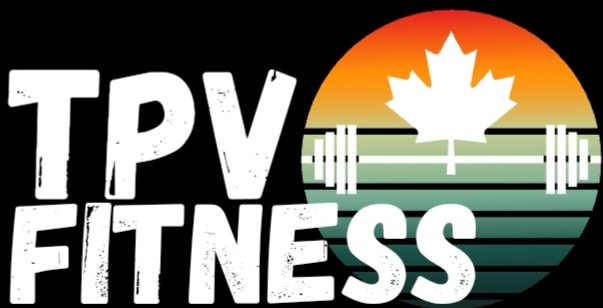TPV FITNESS BLOG

The Importance of VO2 Max for a Runner
When it comes to running, whether you’re a seasoned marathoner or a novice just lacing up your shoes, one term you’re likely to come across is VO2 max. Short for maximal oxygen uptake, VO2 max is a critical measurement that reflects your aerobic endurance and overall cardiovascular fitness. But what exactly is VO2 max, and why is it so important for runners? Let’s dive into the science and practical applications of this key fitness metric.
Understanding VO2 Max
VO2 max represents the maximum volume of oxygen your body can utilize during intense exercise. It’s measured in milliliters of oxygen consumed per kilogram of body weight per minute (ml/kg/min).
Essentially, it indicates how efficiently your body can convert oxygen into energy to fuel your muscles during sustained physical activity.
Why VO2 Max Matters for Runners
1. Indicator of Aerobic Fitness
VO2 max is widely regarded as one of the best indicators of aerobic fitness. For runners, especially those focusing on long-distance events, a high VO2 max means that your body can sustain a higher intensity for a longer period. This is crucial in races where endurance is tested, such as marathons or ultramarathons.
2. Performance Predictor
While many factors influence running performance, VO2 max provides a solid baseline for predicting potential. Generally, runners with higher VO2 max values can maintain faster paces over extended distances. It’s not the only factor, but it’s a significant one that can differentiate between good and great runners.
3. Training Efficiency
Knowing your VO2 max can help tailor your training programs more effectively. By incorporating VO2 max workouts—high-intensity intervals designed to push your oxygen uptake to its limits—you can enhance your aerobic capacity. These workouts improve how efficiently your body uses oxygen, translating into better performance and endurance.
4. Recovery Insights
VO2 max also provides insights into your recovery process. A decline in your VO2 max might indicate overtraining, fatigue, or the need for more recovery time. Monitoring this metric helps in balancing training load and recovery, preventing injuries and promoting long-term progress.
Improving Your VO2 Max
The good news is that VO2 max isn’t static—it can be improved with consistent and targeted training. Here are some strategies to boost your VO2 max:
1. High-Intensity Interval Training (HIIT)
HIIT involves short bursts of intense exercise followed by rest or low- intensity periods. This type of training pushes your cardiovascular system to adapt, increasing your VO2 max over time. For example, alternating between 30 seconds of sprinting and 1 minute of walking for a set duration can be effective.
2. Tempo Runs
Tempo runs, or threshold runs, are performed at a challenging but sustainable pace. This type of run helps improve your lactate threshold, enabling you to maintain a faster pace for longer without fatigue, thereby enhancing your VO2 max indirectly.
3. Long Runs
Long, steady-state runs improve your aerobic base, essential for endurance events. These runs increase your body's ability to use oxygen efficiently, contributing to a higher VO2 max.
4. Strength Training
Incorporating strength training into your routine can enhance muscle efficiency and power, which supports better running economy and contributes to improved VO2 max. Focus on compound movements like squats, deadlifts, and lunges.
Measuring VO2 Max
While the most accurate way to measure VO2 max is in a lab setting using a treadmill or stationary bike with a gas analysis system, there are practical ways to estimate it. Fitness Trackers and Apps: Many modern fitness trackers and smart watches can estimate VO2 max based on your heart rate data and running speed. VO2 max is a pivotal metric for runners, encapsulating your aerobic capacity and potential for endurance.
By understanding and improving your VO2 max, you can enhance your running performance, tailor your training more effectively, and maintain a healthier balance between exercise and recovery. Whether you’re aiming for a personal best in a race or simply looking to improve your overall fitness, paying attention to your VO2 max can provide valuable insights and drive your progress forward. So, lace up those shoes and start pushing your limits—your VO2 max is waiting to be maximized!
Coach Steph.


